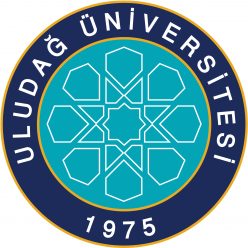In this video series (Information Theory), you can fnd the information theory based on simple developments on humankind in the meaning of communication. The theory starts from the very early times of human, through the technological development to the modern ages. You can find how the first alphabet, the numbers were might be invented (since I consider those only as theory). On the later videos of the series, you can find the basic electricity, and a bit electronics maybe, and how some electronic devices were invented. Then it goes on some basic maths on probability, Shannon’s channel theory etc. Evoluation of language.
This whole video series is a wonderful, suggests a different perspective of thinking.
